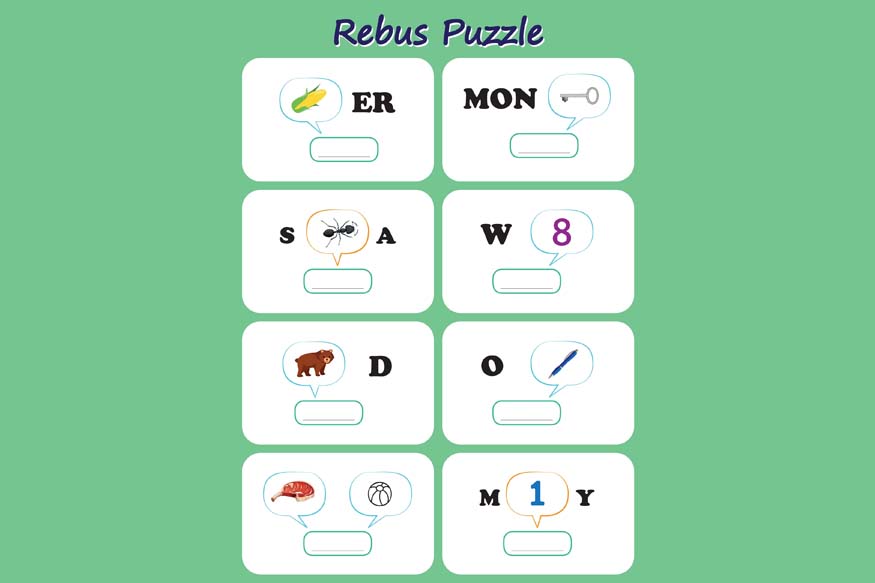Table of Contents
- What is a learning style?
- Types of learning styles
- Recognizing your child’s learning style
- Adapting teaching methods to different learning styles
- The significance of learning styles
- Benefits of understanding learning styles
- Conclusion
Learning styles have become the central focus in education. Each child has a unique way to understand, learn and process lessons. This post explores diverse learning styles, their types, and their importance. We will uncover interesting ways to help children learn efficiently using diverse approaches.
What is Learning Style?
There are several learning styles; however, before we analyse the different learning types, it is important to understand what a learning style actually is. A learning style is defined as a mode by which the learner absorbs, interprets, comprehends and stores knowledge. In other words, it is a child’s natural way of learning. Knowing how to identify the learning modality that is most appropriate to a child could boost the learning process of a child.
Learning styles are not stagnant attributes. They can change with time, and may even differ with the context, problem or subject in question. However, it has been observed that most of the children always have a preferred mode of learning over other learning styles.
Types of Learning Styles
Learning styles come under four main categories under the VARK paradigm. VARK stands for Visual, Auditory, Reading/Writing and Kinaesthetic. Let us explore what each of these elements mean.
- Visual learners
- Diagrams and charts.
- Colour-coded information.
- Written instructions.
- Dealing with mind maps and concept boards.
- Auditory Learners
- Verbal instructions.
- Group discussions.
- Audio recordings.
- Reading aloud.
- Reading/Writing learners
- Memo and essays.
- Taking notes.
- Reading textbooks.
- Making lists.
- Kinaesthetic learners
- Hands-on activities.
- Role-playing exercises.
- Fidgeting and moving around while learning.
- Real world examples of those concepts.
What is learning style? Visual learners can understand information better in a pictorial or graphic format. They learn best through:
Auditory learning is another popular learning style of children. Auditory learners grasp knowledge in an improved manner through sound or speech. They thrive on:
These learners understand information when displayed as words. They excel with:
Kinaesthetic learners are those who require practical activities to grasp a concept. They are also referred to as tactile learners. They benefit from:
Although these are some of the different learning styles, many children tend to exhibit a combination of these styles, often known as multimodal learning.
Identifying Your Child’s Learning Style
We have just explored various types of learning styles for children. It is always helpful to be able to identify at least one of the shared learning styles for your child. Here are some signs to look out for:
- Visual Learners: Usually perform well on jigsaw, like drawing, and like to watch people performing.
- Auditory Learners: May talk to themselves while working, singing to themselves, and have a way of explaining concepts orally.
- Reading/Writing Learners: Regularly use diaries, like crosswords, and solve puzzles, find it easier to perform a task after writing it down.
- Kinaesthetic Learners: Typically are physically active and like working with their hands and may have problems with remaining seated for extended time periods.
You can notice your child’s reactions to newly received information and which activities they are eager to engage. This will help you understand what kind of learning is effective for your child.
Adapting Teaching Methods to Different Learning Styles
Understanding various types of learning styles is a good start. However, it’s just a small part of learning. The real magic starts these styles are integrated into the teaching approaches. Here are some strategies for each learning style:
- For Visual Learners
- Employ diagrams, flowcharts and mind maps
- Introduce the use of colour codes in making of notes and other study related materials
- The use of highlighters for the major information could be encouraged.
- For Auditory Learners:
- Promote the class participation
- Read and refer to the text for information, mnemonic devices and rhymes for memorisation
- Permitting students to record lectures with a view of going through it again when they get home.
- For Reading/Writing Learners:
- Give written reports of lessons.
- Promote the students to take notes and to write in the journal.
- As a form of assessment, try to adopt written quizzes and tests.
- For Kinaesthetic Learners:
- Use more action oriented exercises and workshops.
- Incorporate the use of role-play in teaching to support the explanation of certain ideas.
- Permit movement when during the study sessions
Assigning effective teaching strategies that are cognisant of a child’s learning approach ensures that learning is enhanced as well as the amount of information that is retained by the child.
The Significance of Learning Styles
Learning styles are important to know and knowing the learning styles can change the way education is conducted. Here is why learning styles matter:
- Personalised Learning:
- Improved Engagement:
- Enhanced Self-awareness:
- Reduced Frustration:
- Lifelong Learning Skills:
Accepting various learning styles enable children to be attended individually, catering to what each child requires.
When information is presented in the preferred learning style of children, it becomes more appealing to understand.
Children can be aware of their own learning style and take charge of their learning process.
Children who find it challenging to learn through traditional methods, may find it relaxing to learn in an approach they can easily grasp the information.
Knowledge of learning styles ensures that children develop useful skills for learning as well as flexibility in the processes involving learning.
Benefits of Learning Styles
The advantages of being aware of learning styles can extend beyond classroom learning in the following ways:
- Improved Academic Performance:
- Increased Confidence:
- Better Communication:
- Enhanced Problem-solving Skills:
- Reduced Learning Anxiety:
When the child learns in a manner that they understand, they are in a better position to retain information, thereby improving their academic performance.
Success in learning through their preferred style improves their confidence and self-esteem.
Learning style can also enhance the relationship between students, parents, and teachers thereby improving the learning environment of students.
Being aware of how one learns could assist children to come up with proper strategies to understand new information and solve problems eventually.
Students who are having difficulties in learning in a typical classroom setting can have reduced stress when their style of learning is considered.
These are some of the interesting helpful benefits in understanding learning styles of children.
Conclusion
Being aware of different learning styles in children is not an academic theory rather a practical method that can transform the learning process. In this article, we have explored the significance of learning styles and their implications that creates enjoyable learning experiences.
At Centre Point School, we understand the need to address children’s varied learning needs and address them accordingly. By embracing diverse learning styles, Centre Point Schools seeks to nurture confident, engaged, and successful young talent who are well-prepared for future academic and career related endeavours.
Each child can become a top learner only if they are provided with proper instruments and learning conditions. By identifying different learning styles, we can assist every child to discover their complete potential and cultivate their passion for learning.





